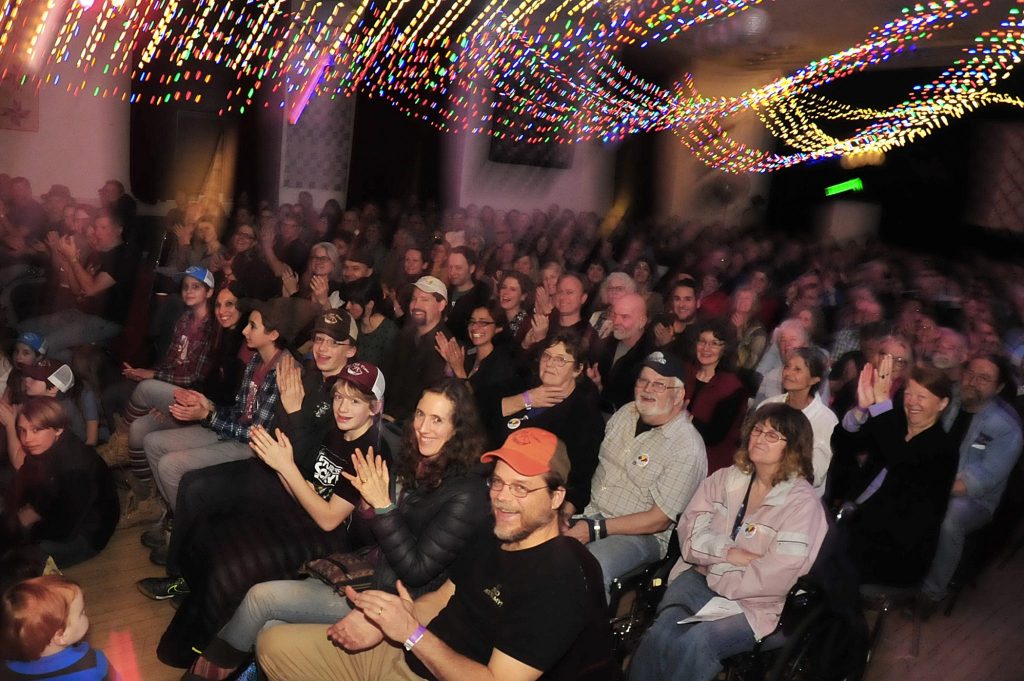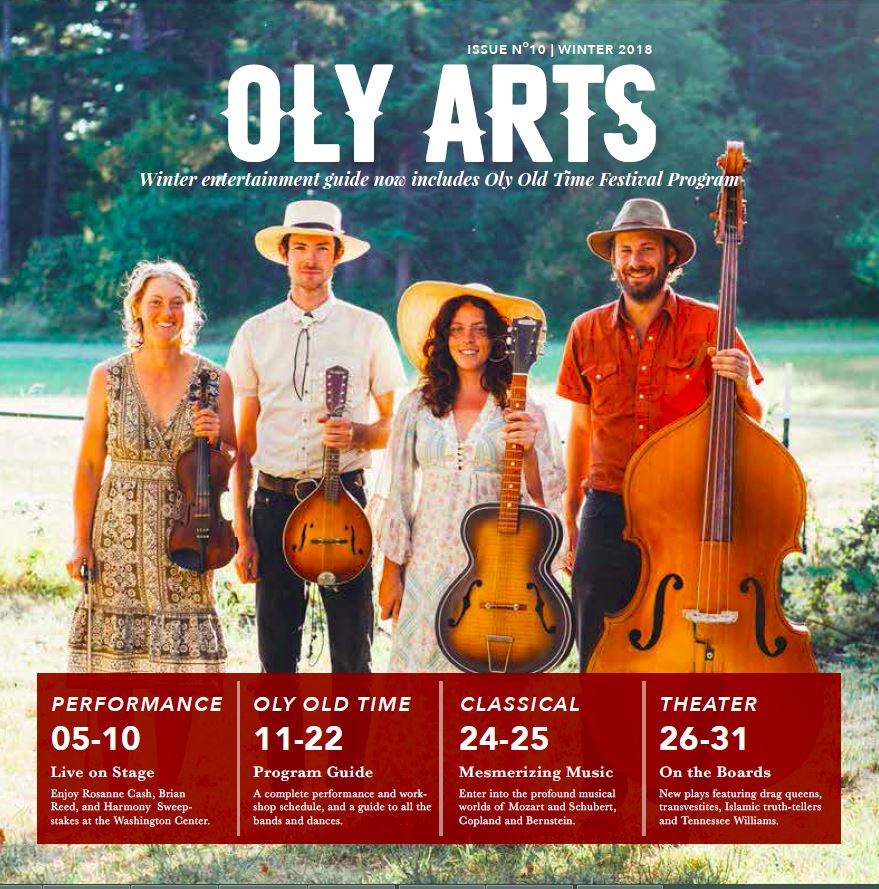A longer history, as told to OLY ARTS by festival founders
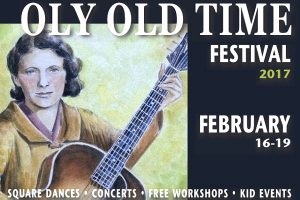
In 2008, a group of people who enjoyed old-time music—music played with banjo, fiddle and other traditional stringband instruments—began jamming in Olympia homes. People played under the band name Grizzle Grazzle, with the inclusive motto, “We are Grizzle Grazzle and so are you!” This motto was often shouted from the stage at the ends of dances.
At one of those monthly jams, the idea for a local, winter festival was born. The first festival was largely organized by Carolyn Arnold, Billie Burlock, Ardas Hassler, Laura Hurson, Mischa Moren, Callie Jan Mills, Erik Neatherlin, T-Claw and Emily Teachout. The early team also had input from Vince Brown, John Flory, Anthea Lawrence and Ray Leach.
The originators of The Oly Old Time Festival knew many great musicians and square-dance callers. To their surprise, many of their favorite musicians were willing to travel to Olympia and play without guaranteed payment. The Loft on Cherry Street, a former K-Records performance space, was the festival’s home that first year. It featured The Atlas Stringband, Deaf Lester, The Grizzle Grazzle Tune Snugglers, Peach Colored Jug Smugglers (from Santa Cruz), The Tallboys, the Water Tower Stringband and The Young Geezers. A limited schedule of eight workshops took place at The Evergreen State College. Dancers packed the floor into the wee hours, and there was jamming in every corner. It went on literally all night long. The founders knew they’d created something special and wanted to make it an annual event.
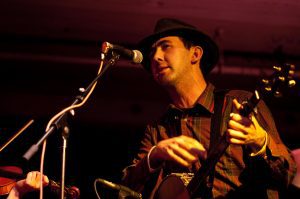 The Loft on Cherry was the festival’s home for several years. That location was far from ideal — it wasn’t ADA-compliant, and had few amenities and only one toilet — but the Loft had a funky, Olympia vibe and a big, wooden floor. Initially, that floor was full of splinters and holes through which one could see into the warehouse space below.
The Loft on Cherry was the festival’s home for several years. That location was far from ideal — it wasn’t ADA-compliant, and had few amenities and only one toilet — but the Loft had a funky, Olympia vibe and a big, wooden floor. Initially, that floor was full of splinters and holes through which one could see into the warehouse space below.
The first years were loosely organized. People were recruited to do specific tasks like designing the program and cooking food. Most of the planning occurred around a single dining room table. The first items of festival “merchandise” were patches bought at a thrift store, then silkscreened by hand and sewn onto baseball caps in somebody’s living room.
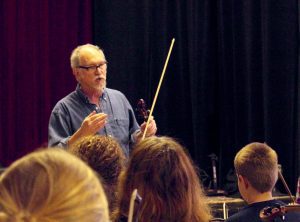 Over the next few years the manager invested a great deal of money and energy into renovating the Loft as an event space. He refinished the floor and, with the help of sound engineer Jeff Bartone, put in a sound system, built a stage and improved the acoustics. No one in the festival team knew the Loft’s life as an event space would be cut short when Fish Tale announced it needed to convert the entire space to storage. The festival then moved to other locations around Olympia.
Over the next few years the manager invested a great deal of money and energy into renovating the Loft as an event space. He refinished the floor and, with the help of sound engineer Jeff Bartone, put in a sound system, built a stage and improved the acoustics. No one in the festival team knew the Loft’s life as an event space would be cut short when Fish Tale announced it needed to convert the entire space to storage. The festival then moved to other locations around Olympia.
Within its first five years, the festival was able to attract featured performers from the East Coast and Appalachian-Mountain states. Early guests included John Haywood, Brett Ratliff and Travis Stuart from Kentucky, and Fred Park from North Carolina. Around the time T-Claw left Olympia to pursue music adventures in Nashville, new planning participants Jerome Cox, Jerrod Davis, Jesse Partridge and Shanty Slater stepped up to fill the void. The current planning committee is a subcommittee of the Arbutus Folk School Board of Directors and meets regularly throughout the year.
Over the years, the festival has featured guests from Galax, Virginia (Carl Jones and Erynn Marshall); New York (Bruce Molsky) and Oakland, California (Evie Ladin). Other organizers included John Flory, Monica Peabody, Anne Marie Schaefer, Greg Voelker, Stacey Waterman-Hoey and Jennifer Witherspoon. The current planning committee — Julie Bennett, Jerome Cox, Jerrod Davis, Juli Kelen, Tom Murrett, Erik Neatherlin, Jesse Partridge, Shanty Slater and Emily Teachout — is a subcommittee of the Arbutus Folk School board of directors.
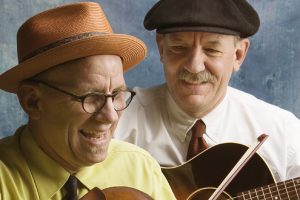
The Oly Old Time Festival is dedicated to learning, sharing and teaching old-time music and dance. It relies on volunteer labor for food, logistics and many other tasks, and is supported by business and individual sponsorships in addition to ticket sales. This allows it to send callers, performers and workshop leaders home with stipends while still keeping the festival affordable. It draws audience members from as far as Alaska, California, Idaho, Utah and British Columbia. Its program of free workshops and tickets for kids keeps old-time music and dance accessible, inviting and thriving. For families who’ve been involved in organizing this event, it’s a beautiful thing to watch kids grow up alongside it. Many attendees, toddlers when the festival started, are now callers, leaders, performers and teachers, ensuring the annual Old Time Festival tradition will continue to grow.
More about the festival at the Oly Old Time Festival website
READ OLY ARTS Complete Oly Old Time Festival Coverage
[template id=”2959″]
